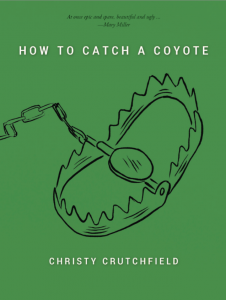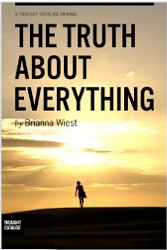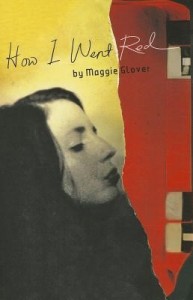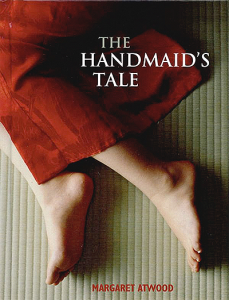–Interview by Diana Clarke
August author (and august author) Elizabeth Evitts Dickinson talks about pregnancy , palimpsests, and her story, “A Modern Girl’s Guide to Childbirth.”
Going by the title of the piece, I expected “A Modern Girl’s Guide to Childbirth” to be a lot snarkier, since most guides titled similarly are so breezy, pragmatic, and of the moment. (Guides to bible study, life, and personal finance were my first three Google hits.) How did you choose instead to place your girl’s modernity in conversation with history—ancient Greece, 17th-century China, 18th-century France, the view of the cemetery?
That juxtaposition between the present and the past came out of a writing prompt. I had the great fortune of being in Lee K. Abbott’s fiction group at the Kenyon Review Writers Workshop back in 2013. The writer EJ Levy was Lee’s fellow that year and she challenged us to write a piece with a point of view that we rarely used. We discussed second person, and read short stories like Junot Diaz’s “How to Date a Brown Girl (Black Girl, White Girl, or Halfie).” Continue reading
![[PANK]](https://pankmagazine.com/wp-content/themes/pank/assets/images/pank-logo-large.png)






